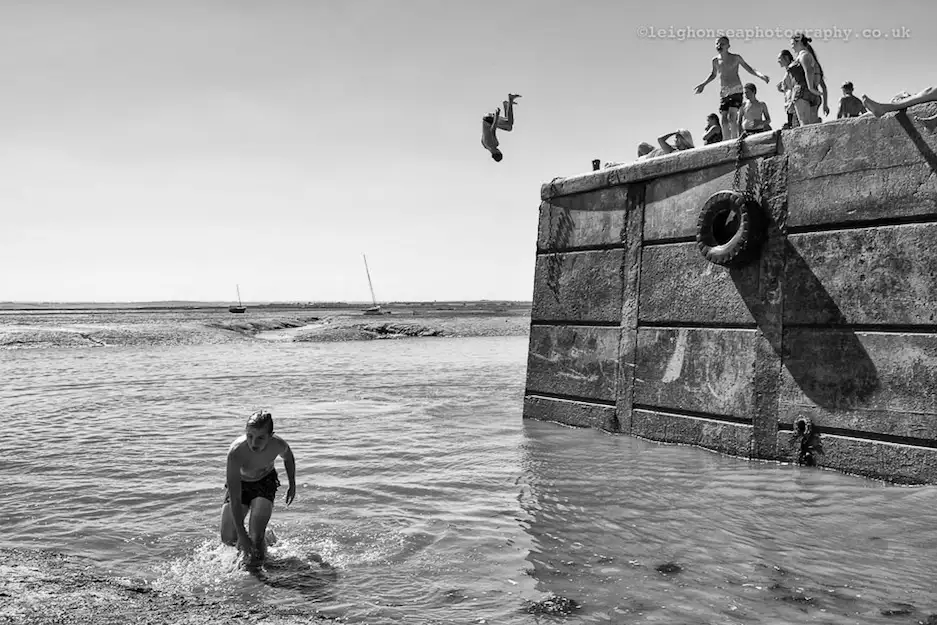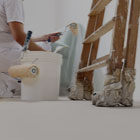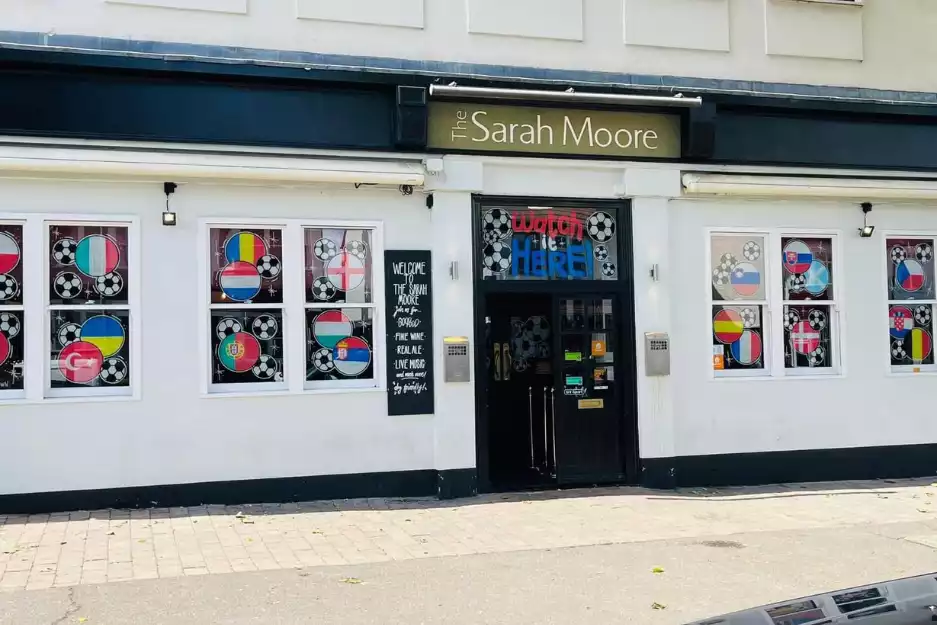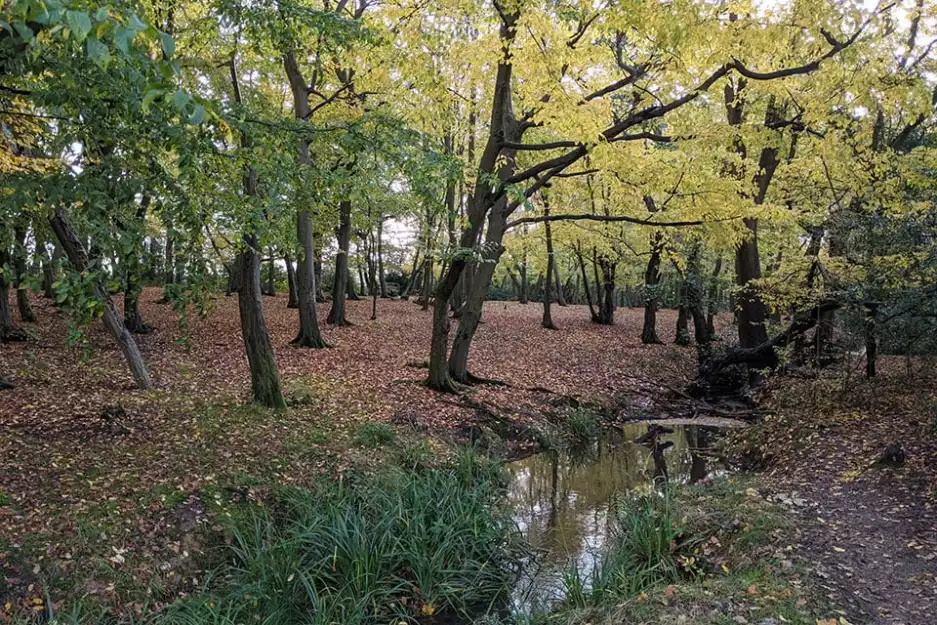-
AllAnytime Fitness Gym Art Beer Of The Week Blog Bus Fares Bus Service Business Business Expo C2C Care Care Home Charity Children Christmas Cinema City Status Cliffs Pavilion Cliffs Pavilion Review Cocktail Recipes College Community Competition Construction Coronation Coronavirus Dannielle Emery Design Easter Education Electoral changes Leigh on sea Emma Smith Employment Emsella Chair Environment Essex & Suffolk Water News Essex Police Essex Wildlife Trust News Events Family Fun Fashion Festival Film Finance Fitness Food Food & Drink Football Foulness Bike Ride Fresh Face Pillow Company Gardening General Election Hair & Beauty Halloween Harp Havens Havens Hospice Havens Hospices Havens Hospices Health & Fitness Health & Beauty Health & Fitness Healthwatch Southend Historicaleigh History Holidays Housing Indian Indirock Jubilee Karen Harvey Conran Kids Kids Blogs Kids Competitions Kids Reviews Lazydays Festival Legal Legal Eagle Leigh Art Trail Leigh Folk Festival Leigh Library Leigh On Sea Finds Leigh Road Leigh Town Council Leigh Town Council Press Release Leigh on Sea Leigh on Sea Sounds Leigh on sea Folk Festival Leigh on sea Marathon Leigh on sea Town Council Leigh on sea man breaks marathon record Leigh on sea news Lifestyle Livewell Southend Press Release LoS Shop London London Southend Airport Los Shop Marathon Melinda Giles Mortgage Angel blog Mortgages Motherofalloutings Mughal Dynasty Music My Mortgage Angel MyLoS NHS News News Newsletter Offers Outfit Of The Week Palace Theatre Parenting Parking Pets Picture Of The Week Pier Politics Press Release Press Release Southend City Council Professional Property Property Of The Week RSPCA Ray Morgan Re:loved Recipes Recycling Restaurant Restaurant Review Restaurants Review Roads Rotary Club Royal Hotel Royal Visit SAVS Schools Seafront Shopping Shows & Music Review Shows & Music Shows & Music Review Southend Southend Airport Southend Borough Council Press Release Southend City Bid News Southend City Council Southend City Council Press Release Southend City Council Press Release Southend Community Safety Southend Hospital News Southend In Sight Southend In Sight Southend In Sight Press Release Southend on Sea Sport The Mortgage Mum The One Love Project The Ship Hotel Theatre Theatre Blog Theatre Review Theatre review Transport Travel Travel Veolia Village Green Volunteer Weddings Whats On c2c
Work underway to improve bathing waters at Leigh Bell Wharf

Work is underway to improve the bathing waters at Leigh Bell Wharf, after its water quality was reclassified as “poor” following test results.
Sampling of the bathing water quality at Leigh Bell Wharf in 2018 had shown an overall improvement against the previous year. However, as bathing waters are classified according to the average sampling results over a four-year period, the latest result means that Leigh Bell Wharf now falls below the level required for a “sufficient” rating.
In the coming days, Southend-on-Sea Borough Council officers will erect signs bearing the words ‘advice against bathing’ at the beach. Similar advice will also be given on the council’s and the Visit Southend website.
Since raised levels of bacteria were identified in samples, Southend-on-Sea Borough Council, The Environment Agency and Anglian Water have been working closely together to tackle potential sources of contamination and help the beach regain a rating of “sufficient” or higher.
Scott Dolling, director of culture, tourism and property at Southend-on-Sea Borough Council, said: “Clearly, it is very disappointing that the bathing waters at Leigh Bell Wharf have been reclassified, despite the improved water quality last year.
“However, we have a duty to ensure that the public is able to make informed choices about whether or not to swim in our coastal waters and that is exactly what we are doing.
“Over the past months, we have been working hard with the Environment Agency and Anglian Water, who own the sewage system, to identify possible sources of contamination and take action. Together, we aim to improve the bathing water quality, improve future sampling results and see the beach reclassified as at least “sufficient” in future years. However, until then, we advise the public not to bathe there.”
Anna Burns, Area Environment Manager at the Environment Agency said: “Despite the deterioration in the overall classification, we were encouraged to see the improvement in last year’s bathing water results for Leigh. We are committed to continuing our work with Anglian Water and Southend-on-Sea Borough Council to eliminate pollution sources and improve water quality again this season.
An Anglian Water spokesperson said: “We have invested over £150,000 towards understanding the issues affecting Leigh Bell Wharf bathing waters. Together with Southend-on-Sea Borough Council and the Environment Agency, we are using state-of-the-art technology including CCTV, dye tracing, sampling and on-foot surveys of the coastal area surrounding the bathing water to understand what is causing the issue.
“We also continue to monitor our equipment to ensure it is working as well as it should. Although it is likely to be the result of several sources of environmental pollution having a combined detrimental effect, we remain committed to working together to improve the bathing water for beach-goers in Southend.”
The bacteria that is tested for – namely E.coli and intestinal enterococci (IE) - are predominantly found in faeces. Possible sources of these bacteria include:
· diluted sewage from storm outfalls;
· private discharges;
· misconnected sewers from properties/ businesses;
· dog mess on the beach;
· litter left on the beach leading to more sea bird droppings;
· tipping dirty water down rain drains which run out to sea; and
· sediment and seaweed, as these can harbour the bacteria for long periods of time.
What have we been doing?
We (Southend-on-Sea Borough Council, The Environment Agency and Anglian Water) are committed to improving water quality. Action plans have been produced with the aim of improving water quality at Leigh Bell Wharf to at least 'Sufficient' when the classifications are refreshed.
We have been monitoring, investigating and tackling possible sources of pollution which could be causing the bathing water issues.
Actions include:
· Properties which have wrongly connected their waste water to rainwater drains have been identified and rectified.
· Surface water outfalls are being monitored weekly and the sewer network has been inspected with CCTV.
· We have analysed all the monitoring data on record to look into the significance of rainfall and direction of the tide on sample results.
· The bacteria found in the samples has been DNA tested to see whether it comes from humans or animals such as dogs, sea birds of farm animals.
· Local businesses and activities based on the seafront have been visited to check their drainage and given advice on pollution prevention measures.
Beachgoers can view the current and historic bathing water quality online at www.gov.uk/quality-of-local-bathing-water to make informed decisions on when and where to swim.
ADD A COMMENT
Note: If comment section is not showing please log in to Facebook in another browser tab and refresh.
























